Electric dreams: how Nissan is building the future of auto with kick-ass, avant-garde tech
Concept cars, autonomous drive, electrification, car-to-building power, wireless charging and more come pouring out of Tokyo, Japan, as Nissan powers up


A few weeks back T3 flew to Tokyo, Japan, on an invitation to come and check out Nissan's new autonomousProPilot drive assist technology. We immediately accepted. Why? Well, firstly, right now Nissan is hanging a lantern on its “Zero Emissions, Zero Fatalities” corporate vision of the future, which is the sort of idealist goal that we feel next-generation science and technology should be utilised for here at T3 Towers.
Crucially though, we wanted to see how this piece of the future actually worked as, like it or not, autonomous drive technology has its fair share of issues (and sceptics) right now. Great progress has been made over the past five years in this field, however practical, real-world uses where trust is inherent and gimmick removed from the equation remain lacking. Could ProPilot be a game changer?
The second reason that we went, of course, is that it's Tokyo baby! One of the most awesome, tech-packed cities on the planet.
Tokyo heat, the Japanese Picasso and a wheel that turns by itself

They say the Japanese summer is unbearably hot. This is true. By late morning on T3's first day in Tokyo it is already 30 degrees Celsius. What kills though, what really makes you long for the artificial coolness of air-conned interiors, is the humidity. 82 per cent humidity at 30+ degrees Celsius means that you sweat wherever you are and no matter what you are doing. Fortuitously for us, however, our first port of call this morning is inside Nissan's space-age Global Headquarters in Yokohama, the major commercial hub of the Greater Tokyo Area.
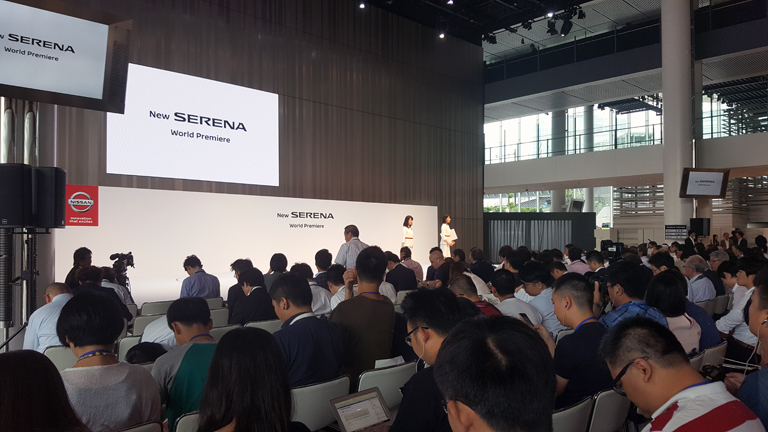
Nissan is launching a new vehicle today - the Serena. This suitably Asian looking minivan, all sharp edges and angles, is like the Citroën C4 Picasso of Japan, all roomy, leg-stretchy cabin and even roomier windows, with the front windshield seemingly stretching off into infinity. It looks like a solid family vehicle too, with a host of comfort and safety-orientated features packed into its rectangular volume; you could totally see how it would absolutely crush road trips and holidays where half the house is brought along for the ride. Thing is though, the brand new Serena is a Japanese exclusive and will never land on European shores. So, without wanting to be brusque, we'll stop talking about it.

What isn't a Japanese exclusive is the hot new autonomous drive technology that Nissan has packed into the new Serena - ProPilot. No, ProPilot is going worldwide and, starting in 2017, Europeans will be able to get their hands on the system in the brand new Qashqai. This is seriously exciting news. Why? Simple, the Qashqai, as with the Serena, is model that is very much in the “I'm accessible to the normal person” price bracket. Unlike most of the autonomous or driver assist technology on the market right now, you won't need to be richer than King Midas to get your mits on it.
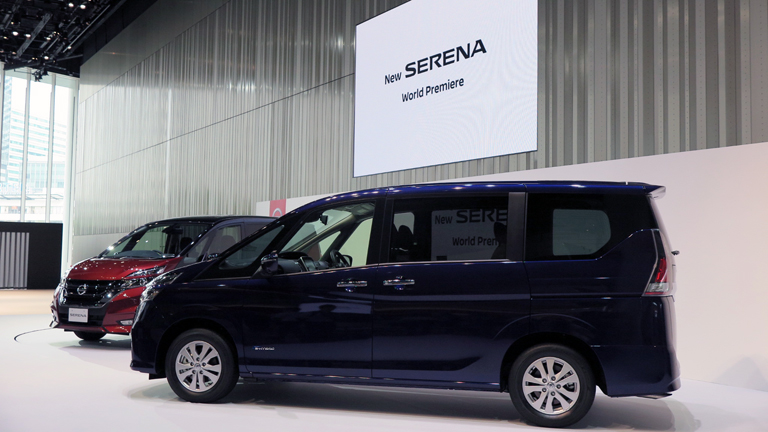
T3, of course, is going to get its mitts on it in just a few hours, however right now we are being introduced to the system by Nissan bigwigs Kimiyasu Nakamura and Hideyuki Sakamoto. ProPilot is an autonomous drive technology designed for highway use in single-lane traffic. The system combines automatic steering, accelerating and braking, along with the ability to understand the road and traffic situations at all times thanks to advanced image-processing technology, to seamlessly execute the precise steering for the car to perform naturally on the road.
Get all the latest news, reviews, deals and buying guides on gorgeous tech, home and active products from the T3 experts
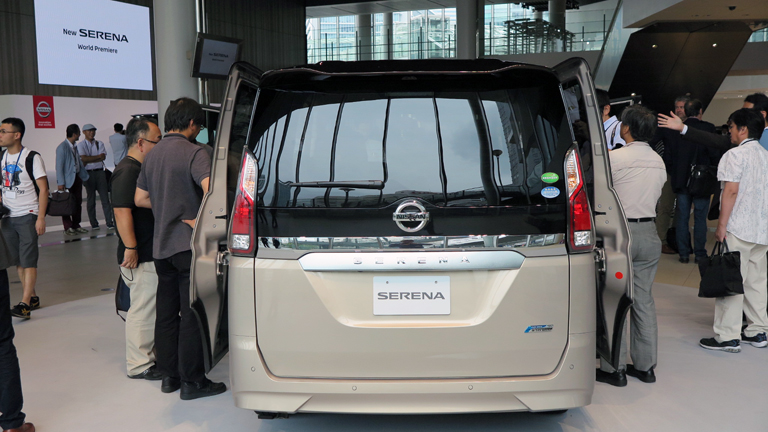
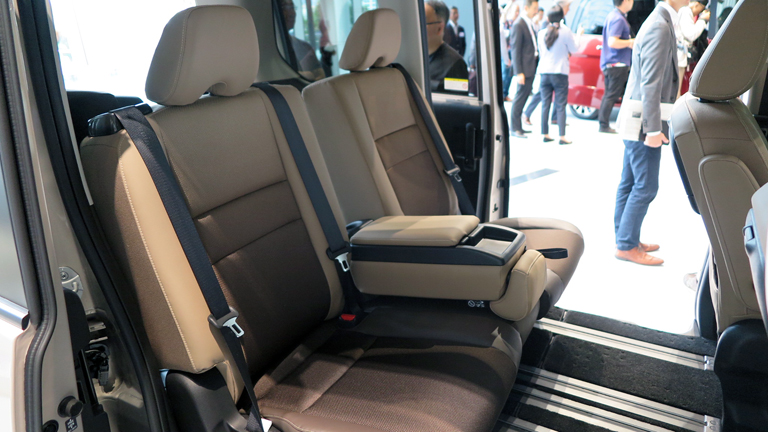
The ProPilot system is activated and deactivated by simply pressing a button on the steering wheel of the vehicle and works, primarily, to keep the car in the centre of its lane, control the car's distance to the preceding vehicle, as well as maintaining a overall speed, which can be set by the driver anywhere between 30-100 km/h (19-62 mph). The ProPilot system continuously ensures that the vehicle remains in the centre of the highway lane by reading lane markers and controlling steering, even through curves.
Here is a short video, made by Nissan, introducing the ProPilot system.
So, for example, a user drives their ProPilot-equipped vehicle onto the highway, slots it into a lane and then hits the ProPilot button on the steering wheel. The system will then automatically detect whether there is a vehicle in front and, if there is, it will detect it and show the driver via the vehicle's dedicated ProPilot LCD screen. The ProPilot system will then drive the car for them, maintaining lane position and speed, as well as a safe gap to the car in front. Obviously, if no car is in front, then the car will be driven in lane according to the speed set by the driver.
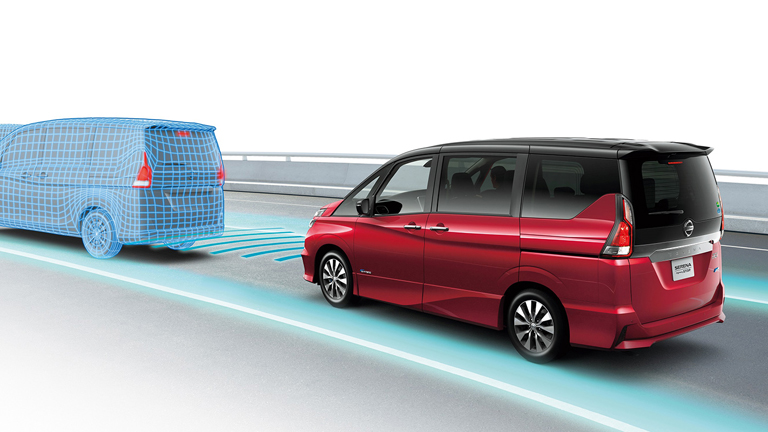

ProPilot can also easily deal with other vehicles cutting in front of the driver's car. In this situation, if the vehicle was following a car in front, then it immediately recalibrates to take into account the new preceding vehicle, braking to maintain a safe gap between the cars before resuming its cruise. If no car was being followed, the process plays out the same, with the new car given a safe birth and then followed at the driver's set speed.

Things get really smart though if the driver's car is forced to stop. For example, if the preceding car suddenly slows, the ProPilot system will automatically bring the speed of the driver's vehicle down, even to a complete stop if necessary. From that point, if the vehicle in front proceeds to move off within three seconds, the ProPilot-enabled car will automatically resume, accelerating at a safe distance right back up to the speed limit the driver had set. If the car in front doesn't move off within three seconds, then the car will await action from the driver, with the autonomous driving resumed by pressing a button on the steering wheel or by a gentle press on the accelerator.

And, T3 can tell you from hands on experience, the system works. We got to test out the system at the Nissan GranDrive test track in Yokohama, a quasi-secretive facility where Nissan gets to trial and tweak all its hot new tech and vehicles. It was so secretive in fact that cetain portions of the track couldn't be shot or filmed, so the images you can see here of T3 driving around in a ProPilot-enabled Serena are the only angles we were authorised to shoot at.
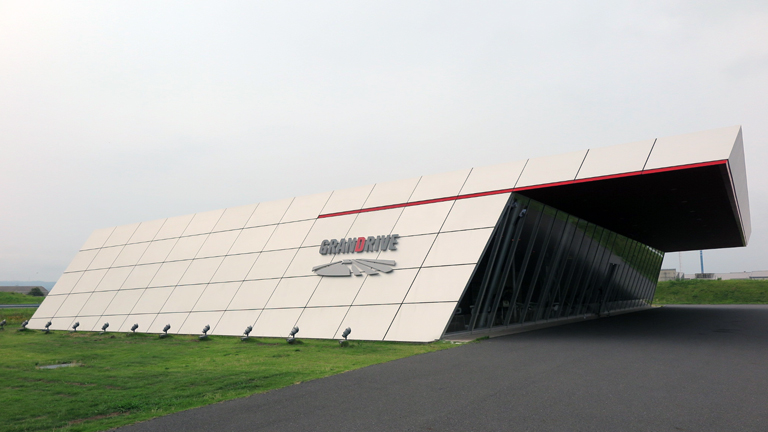
So what is it like to drive a vehicle with ProPilot technology switched on? Well, the simple answer is that it feels quite alien and unlike anything you've probably experienced before. When the system is engaged, which is as simple as the aforementioned button press, the car not only follows the road ahead of it but eerily locks the vehicle bang centre of the lane. What is an even weirder experience is how the steering wheel automatically rotates within your grip, with the vehicle following the curves and corners of the test track seemingly without effort. The car is, despite you still having a loose grip on the steering wheel, driving you around and as you've already selected your desired speed or are tracking the car in front, technically you don't have to do anything else.

Nissan is very keen, however, to seperate the ProPilot system from full autonomous drive, referring to it instead as a driver assist system. As such, while you could technically not have your hands on the steering wheel, or even eyes on the road, and the car would drive on and even stop if the car in front stops, that is not the envisioned or recommended use for the technology. No, in contrast, the intended use is very much like the scenario we are acting out on the GranDrive test track. A scenario where the driver enables the ProPilot system to aid their drive in automatically following a proceeding vehicle at a chosen speed while cruising on a boring, well-driven commute or lengthy day trip.
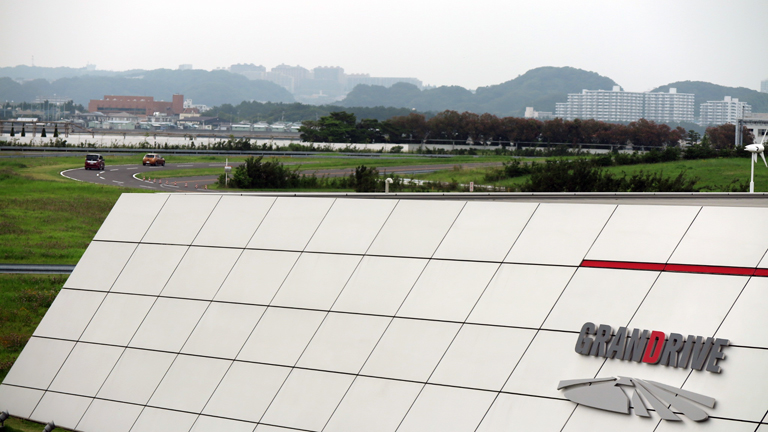
Going back to that mildly surreal sensation experienced by T3 while testing out ProPilot, it is clearly evident why Nissan has approached its driver assist and autonomous systems in the staggered way it has. If we, who have driven a variety of vehicles - albeit for reletively short review periods - with autonomous and driver assist technology included, still find the experience a little surreal, what would someone who has zero experience of these features feel if suddenly taken for a spin.
Earlier in the year T3 interviewed Nissan's research chief at Silicon Valley, Maarten Sierhuis, and he was very clear that he felt that autonomous driving tech needs to be gradually introduced as people need time toacclimatiseto game-changing new technologies. Game-changing technologies that, in this case, run counter to everything you're now used to and feel is natural when driving, actions such as turning the steering wheel to drive around a corner or applying the brakes to stop when the car in front starts to decelerate.
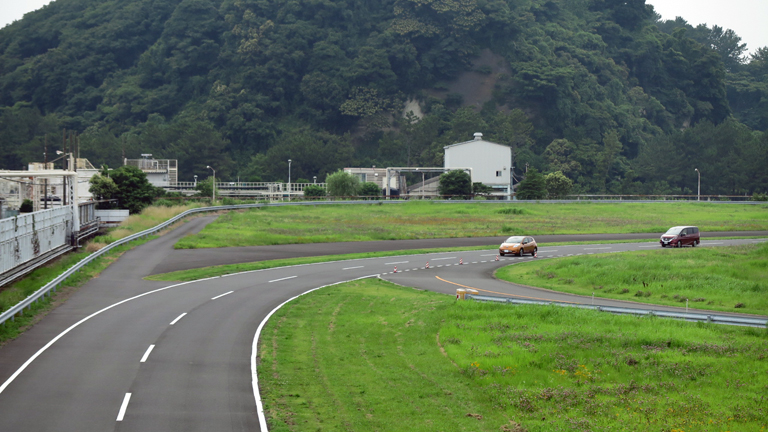
No, you don't just step into a car loaded with the sort of advanced autonomous technology Nissan is now delivering in the Serena (and will deliver in the Qashqai next year in Europe) and feel like the driver assistdriving experience is natural - you need to get used to it, just as people got used to ABS or cruise control when introduced.

Let's be very clear though, the ProPilot technology - despite still being in reletive infancy - works well and clearly has a bright future ahead of it, with today's single-lane iteration soon to be upgraded into multi-lane in 2018 and then urban road intersections by 2020.
It is also clear from T3's numerous runs around the GranDrive that, while not an essential, must-have addition right now, having that ability to enable ProPilot and take away some of the mental and physical stress of driving is really welcome. We left the Yokohama test track with a favourable impression of Nissan's system and, when it comes to the UK next year, we will definitely be intruiged to see how it transforms the Qashqai.
One hell of a garage, an engineer with serious heritage and the fuel station of the future

While day one T3's trip to Tokyo was all about ProPilot, day two was all about expanding on Nissan's vision for the future of motoring, as well as digging a little into its heritage. Our first port of call was the Nissan Heritage Collection in Zama, which simply put, is an awesome mega garage filled with some of the most rare and expensive cars Nissan has ever produced.
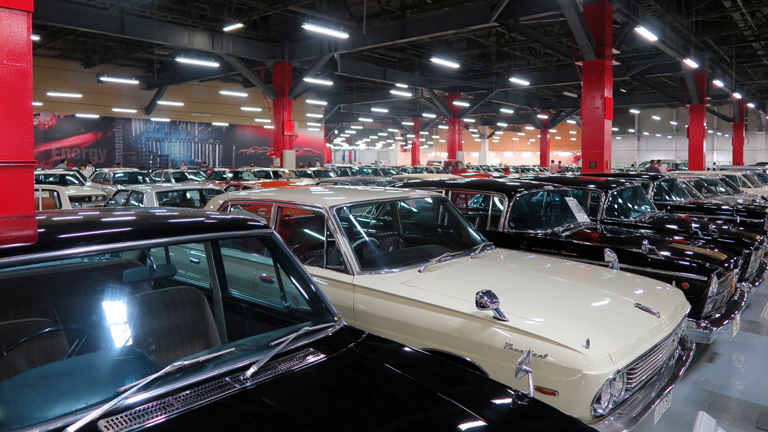
Seriously, the pedigree and price of a lot of these vehicles was staggering, with classics from every decade from the past 80 years on display. Each vehicle, of which there were hundreds, was also absolutely immaculate, with their original beauty undisturbed by the passage of time. You could eat your breakfast of their bonnets they were that clean!
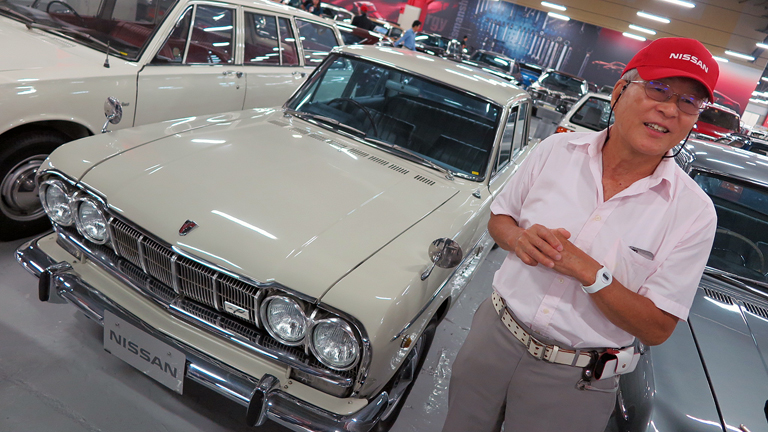
Our guide to this museum of motor heritage was EiichiShimizu, a retired engineer and manager for Nissan, who now in his spare time imparts his considerable knowledge to visitors to the centre. Eiichi, who we were very pleased to get a photo with, took us around the garage selecting some of the most notable vehicles that Nissan currently has in the collection. There are classic Skyline 2000 GT-Rs, medal-winning NISMO race cars, quirky Datsuns and much, much more. Indeed, you could spend an entire day admiring all the cars in here, some of which Eiichi informs us are now worth millions of pounds.
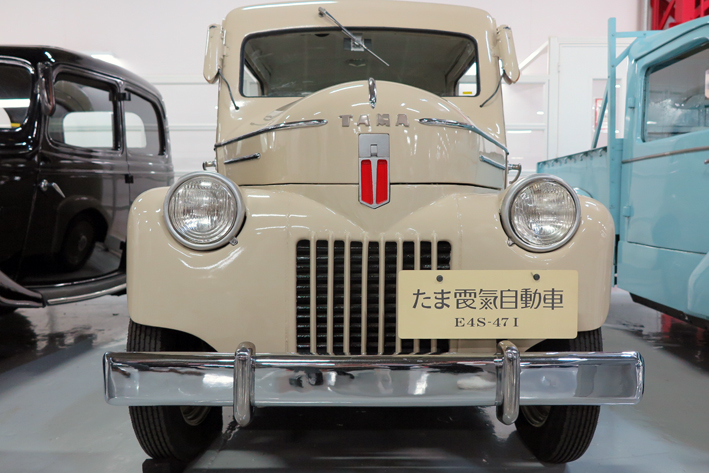
The most notable classic marque in here though for us today, especially considering Nissan's all-electric vision for the future of motoring, was the Tama, an electric car first produced in 1947. The Tama was well ahead of its time. Coming out of the post-war period in Japan where oil was scarce, the car was equipped with a 36V motor (4.5hp) and a brace of 40V/162Ah lead-acid batterys.
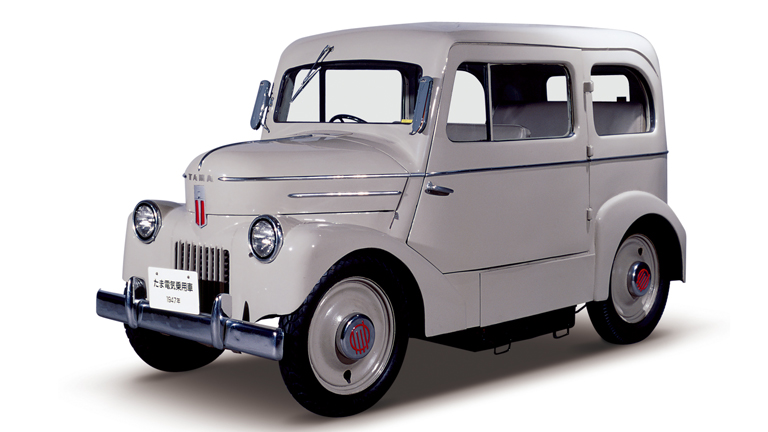
Combined, these pieces of hardware allowed the Tama to hit a top speed of 35km/h and cruise 65km per charge, this was despite it weighing in at 1,100kg and having enough space to transport four people. The batteries however for the Tama were huge and were positioned beneath the vehicle under the passenger and driver's front seats. On the image above you can see one of the vehicle's black battery boxes with its two removal handles clearly.
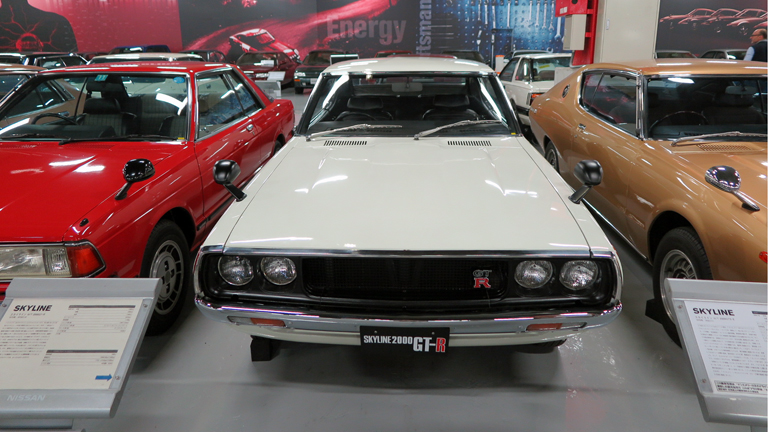
From a position of not knowing a great deal about Nissan's early car heritage, hearing about the Tama and seeing a model in person was impressive, as while a niche area of car production in the company's past, it clearly showed that the power of all-electric vehicles had been recognised and explored decades before this modern movement gained traction.
- Best SUV and 4x4s available in 2016: for defeating the great outdoors and/or cruising around Chelsea
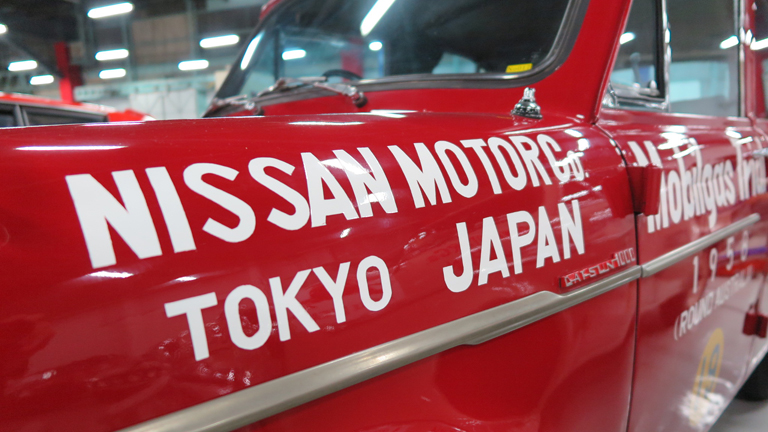
In Nissan's current push to create an all-electric end-game for motoring, which is something we will come back to later in the piece, they are in fact just picking up the threads of a vision first explored almost 70 years ago. Interestingly, and hopefully a nod to Nissan's future efforts, Eiichi explained that the Tama was so well engineered for the time that in tests conducted by the Japanese Ministry of Commerce and Industry the car actually beat its catalogue specifications, delivering a cruise range of 96.3km and a top speed of 35.2km/h.
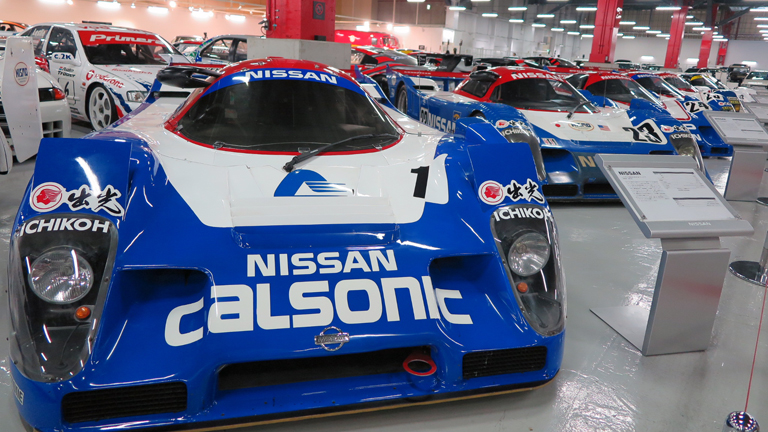
Despite quizzing Eiichi on his favourite motors for over an hour, unfortunately we then had to move on from the Heritage Collection to go to our final destination on our tour, theNissan Advanced Technical Centre to take a look at how they were advancing this dream of an all-electric motoring future with more cutting edge technology.
The democratisation of technology and an all-electric vision of the future
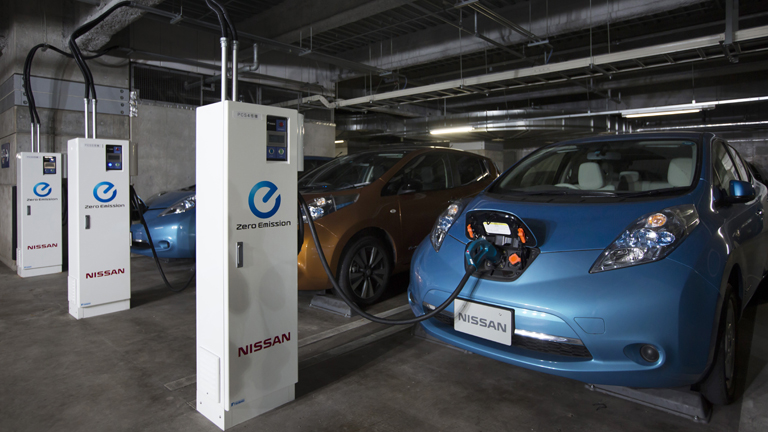
Nissan's Advanced Technical Centre is located in the Zama hills and, if we thought it was hot in central Yokohama, we soon realised it was nothing compared to the windless, wooded region we now found ourselves in. As such, escaping inside the impressive-looking Advanced Technical Centre with its lovely air-conditioning was incredibly welcome. Good air-conditioning, however, is the least impressive piece of technology on this site.
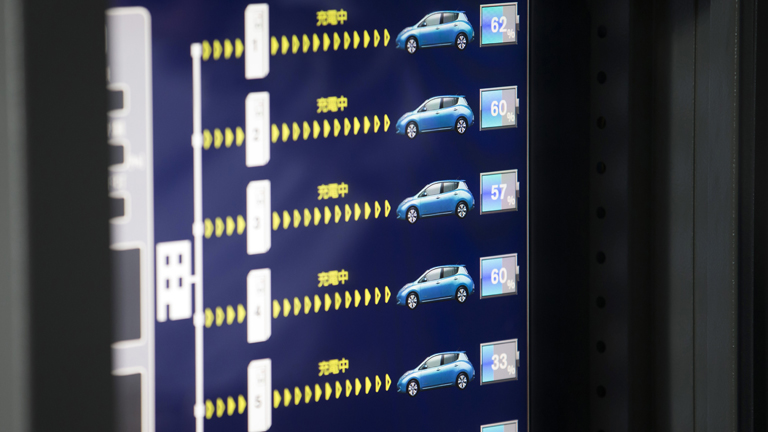
No, we have come here to see a small realisation of Nissan's wholistic all-electric future vision - its "car to building" programme. The idea with car to building is that when electric cars are stationary and unused, they can feed their stored energy back into the building they are at, with that energy then used to help power the building. This is really exciting as a concept as instead of that potential energy just sitting dormant and unused, it can instead be harnessed to aid society.
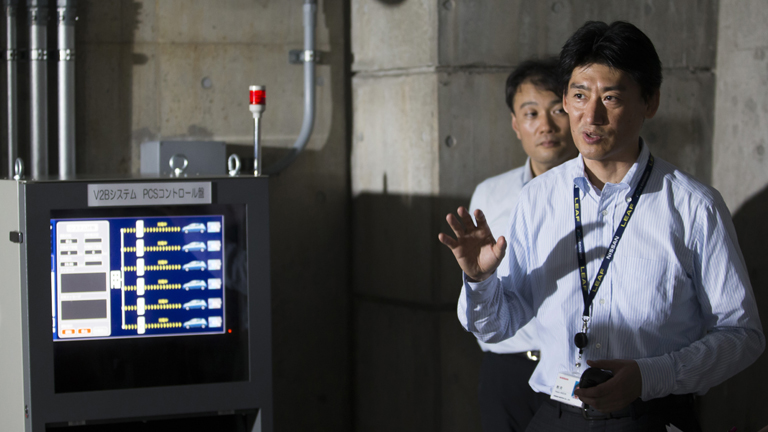
To show us the system in action Nissan took us into the parking lot of theAdvanced Technical Centre where all the employees of the site park their vehicles each day. At the back of this ordinary looking carpark however was a series of electric car charging stations, with a selection of Nissan Leaf electic vehicles connected up in a line. What we soon learned however was that these cars were not receiving power but dumping it back into the building's electricity network via a smart grid.

This system is controlled by a nearby computer system, which also can accessed remotely, and it allows the Nissan engineers running the programme to flow energy to the building's smart grid from the cars, or from the building's smart grid to the cars with merely a few button clicks. We are shown this switch take place in person and it worked immediately and without issue. According to Nissan, the cars' owners notify the programme as to when they will be arriving at work and leaving it each day, and then the engineers on the programme harness their cars' power during those hours while they are unused, only to be quickly re-powered at the end of the day.
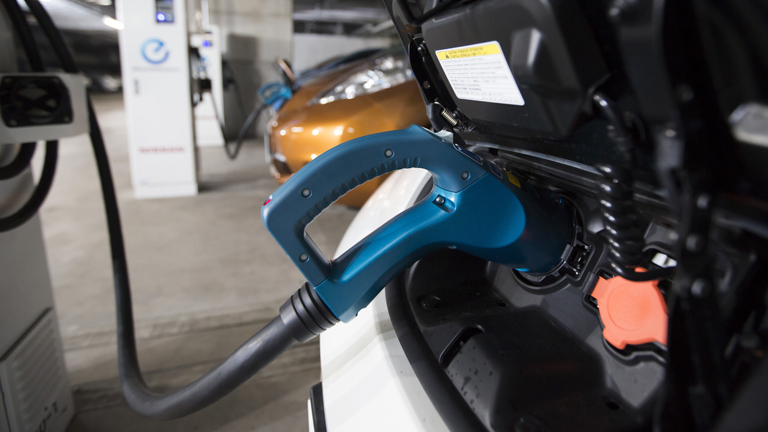
While right now the programme is small scale and largely restrictred, Nissan's vision for this sort of system is that - eventually - every owner of an electric car would have a similar system and smart grid at their own home and place of work, with them able to feed their car's energy into these buildings to help reduce power consumption. This idea was recently also shown off with Nissan's IDS Concept Car and, in T3's opinion, it looks really smart and genuinely exciting. If our future vehicles are going to be all-electric, then why not use that potential power when it is not needed to help save money and power usage at peak times? The evnironmental benefits are obvious.

As Nissan explained during a short presentation in the car park, by combining this sort of smart grid, electric vehicle and additional environmentally friendly power generation systems like solar power panels, significant power savings can (and have been at the Advanced Technical Centre)be achieved. The fact that in the future entire streets could be equipped with this technology and generate the same benefits shows how it could be a game changer.
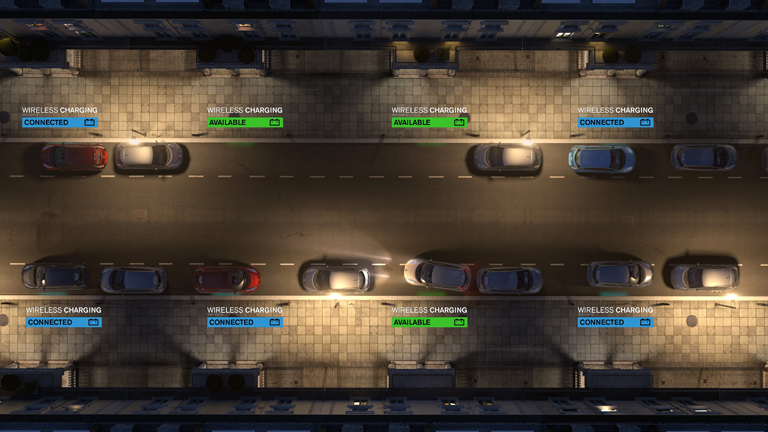
Indeed, if you throw in some of Nissan's other programmes into the mix, research areas it is already deeply engaged in, such as battery repurposing (where obsolete electric cars have their batteries stripped out and used to generate extra capacity in virtual power plants), wireless charging and inter-car communication networks, it soon becomes clear that alongside autonomous driver assist technology such as ProPilot, it is building towards a markedly different auto landscape to the one we have now. A future where there are no fuel stations, where cars that can drive or assist their passengers to drive are widespread thanks to the democratisationof advanced technology, and where the environmental impacts from cars are stalled or even reduced is genuinely exciting and is a noble ideal to strive toward.
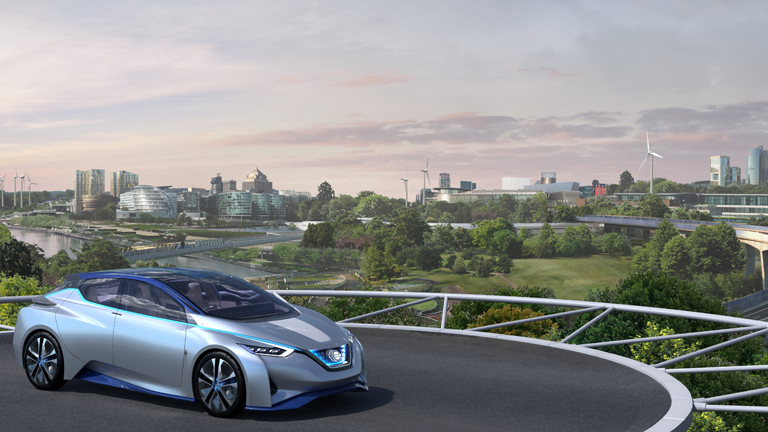
Overall then we were really blown away by the wholistic approach currently being taken by Nissan towards the future of motoring. The company already has some really neat driver assist and autonomous drive technology in production, its got a clear roadmap for how that technology will be evolved and upgraded over the next 10 to 20 years, and its research efforts and projects into an all-electric motoring future is really, really impressive. By looking at how cars can evolve in and alongside their environment, not just as singular things that exist completely seperately from everyone and everything else, Nissan has created a vision for a connected, clean and energy effecient future that many of its competitors simply have not.
And, what's most impressive, Nissan is actually beginning to realise it.
For more information about Nissan's ProPilot autonomous drive technology, as well as details on its Zero Emissions, Zero Fatalities vision for the future of auto, then check out the company's official website now.

Rob has been writing about computing, gaming, mobile, home entertainment technology, toys (specifically Lego and board games), smart home and more for over 15 years. As the editor of PC Gamer, and former Deputy Editor for T3.com, you can find Rob's work in magazines, bookazines and online, as well as on podcasts and videos, too. Outside of his work Rob is passionate about motorbikes, skiing/snowboarding and team sports, with football and cricket his two favourites.